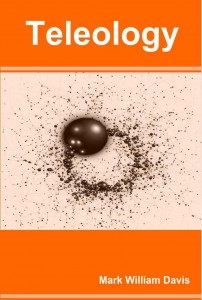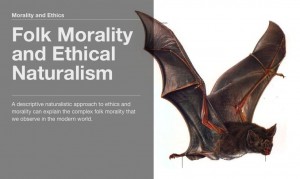 Harry spent most of that summer involved in the Santa Fe Sangre de Cristo Church, first with the church summer camp, then with the youth group. He seemed happy and spent the evenings text messaging with his new friends. I was jealous in a way, but refused to let it show too much. Thursdays he was picked up by the church van and went to watch movies in a recreation center somewhere. I looked out one afternoon as the van arrived and could see Sarah’s bright hair shining through the high back window of the van.
Harry spent most of that summer involved in the Santa Fe Sangre de Cristo Church, first with the church summer camp, then with the youth group. He seemed happy and spent the evenings text messaging with his new friends. I was jealous in a way, but refused to let it show too much. Thursdays he was picked up by the church van and went to watch movies in a recreation center somewhere. I looked out one afternoon as the van arrived and could see Sarah’s bright hair shining through the high back window of the van.
Mom explained that they seemed to be evangelical, meaning that they liked to bring as many new worshippers into the religion as possible through outreach and activities. Harry didn’t talk much about his experiences. He was too much in the thick of things to be concerned with my opinions, I think, and snide comments were brushed aside with a beaming smile and a wave. “You just don’t understand,” Harry would dismissively tell me.
I was reading so much that Mom would often demand that I get out of the house on weekend evenings after she had encountered me splayed on the couch straight through lunch and into the shifting evening sunlight passing through the high windows of our thick-walled adobe. I would walk then, often for hours, snaking up the arroyos towards the mountains, then wend my way back down, traipsing through the thick sand until it was past dinner time.
It was during this time period that I read cyberpunk authors and became intrigued with the idea that someday, one day, perhaps computing machines would “wake up” and start to think on their own.… Read the rest




